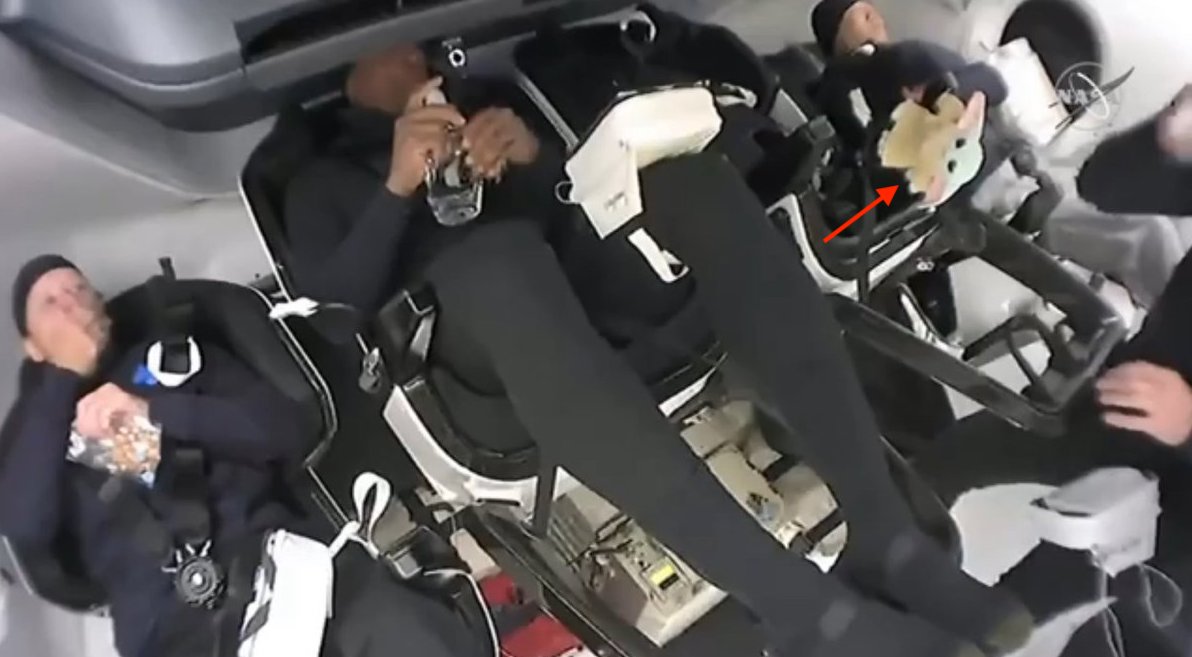
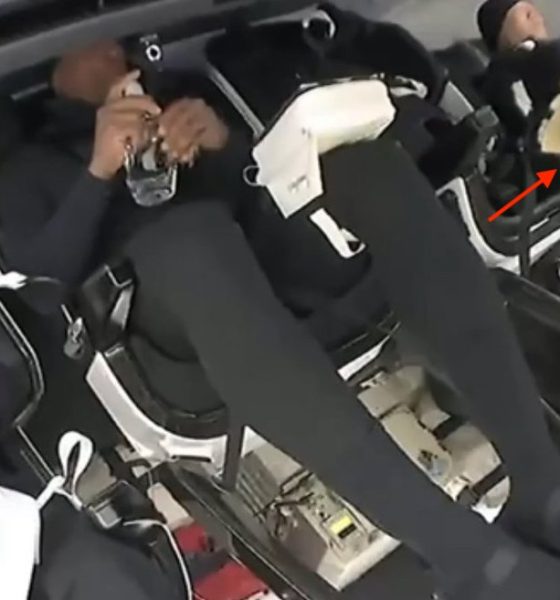
News
The Mandalorian’s ‘Baby Yoda’ becomes SpaceX’s zero-G indicator in Crew-1 mission
It appears that a popular character from The Mandalorian has hitched a ride in SpaceX’s Crew-1 mission, which is currently en route to the International Space Station. As could be seen in video feeds from the Crew Dragon spacecraft, the astronauts of the Crew-1 mission have decided to bring aboard what seems to be a Baby Yoda plushie as their zero-gravity indicator.
The use of Baby Yoda as Crew-1’s zero-G indicator is very much in-character for SpaceX, considering founder Elon Musk’s avid love for science fiction. The space community has responded positively to the plushie of The Child, particularly as Baby Yoda has arguably become one of the most adorable and likable characters in the Star Wars franchise.
With his flight in the Crew Dragon spacecraft, The Child has now taken part in a long tradition of astronauts flying small items like plush dolls with them to signal when they enter orbit. Zero-G indicators, which are usually tethered to a wall or anchor, float in the cabin when the launch phase concludes, indicating that the crew is in zero gravity.
As noted in a Collect Space report, the custom of using toys and other fun items as zero-G indicators dates back to the early days of human spaceflight. In 1961, cosmonaut Yuri Gagarin carried a small doll with him on his Vostok 1 mission to watch it float in zero gravity. Since then, zero-G indicators have varied from off-the-shelf commercial toys to homemade dolls.
SpaceX, being a disruptor of sorts, was all too willing to adopt the practice of including fun zero-G indicators on its Crew Dragon flights. In the Demo-1 mission, the private space firm sent up a cute Earth plushie from the Celestial Buddies collection, which proved so popular that astronauts in the ISS decided to keep it with them even after the spacecraft completed its mission. This was followed by Tremor the Apatosaur, a sparkly plushie produced by TY, which was carried by Bob Behnken and Doug Hurley during the crewed Demo-2 mission.
While it’s unclear why the Crew-1 astronauts opted to use a Baby Yoda plushie for their zero-G indicator, speculations suggest that the idea may be inspired by the team’s backup, NASA astronaut Kjell Lindgren, who is a huge Star Wars fan. During his 2015 flight on a Russian Soyuz spacecraft, Lindgren opted to use an R2-D2 toy to serve as his zero-G indicator.
The Crew-1 members, commander Michael Hopkins, pilot Victor Glover and mission specialists Shannon Walker and Soichi Noguchi, for their part, seem to be quite fond of their zero-G indicator. When Glover gave flight controllers permission to turn on the cameras aboard Crew Dragon, he gave a quick call out to the adorable Star Wars character. “Baby Yoda says you guys can come back on board,” he said.
The Crew Dragon spacecraft, christened “Resilience” by its crew, is expected to dock with the International Space Station on Monday at about 11 p.m. EST. Following their arrival, the members of the Crew-1 mission will be joining other astronauts and cosmonauts for a planned six-month stay as part of Expeditions 64 and 65.

Cybertruck
Tesla made a change to the Cybertruck and nobody noticed
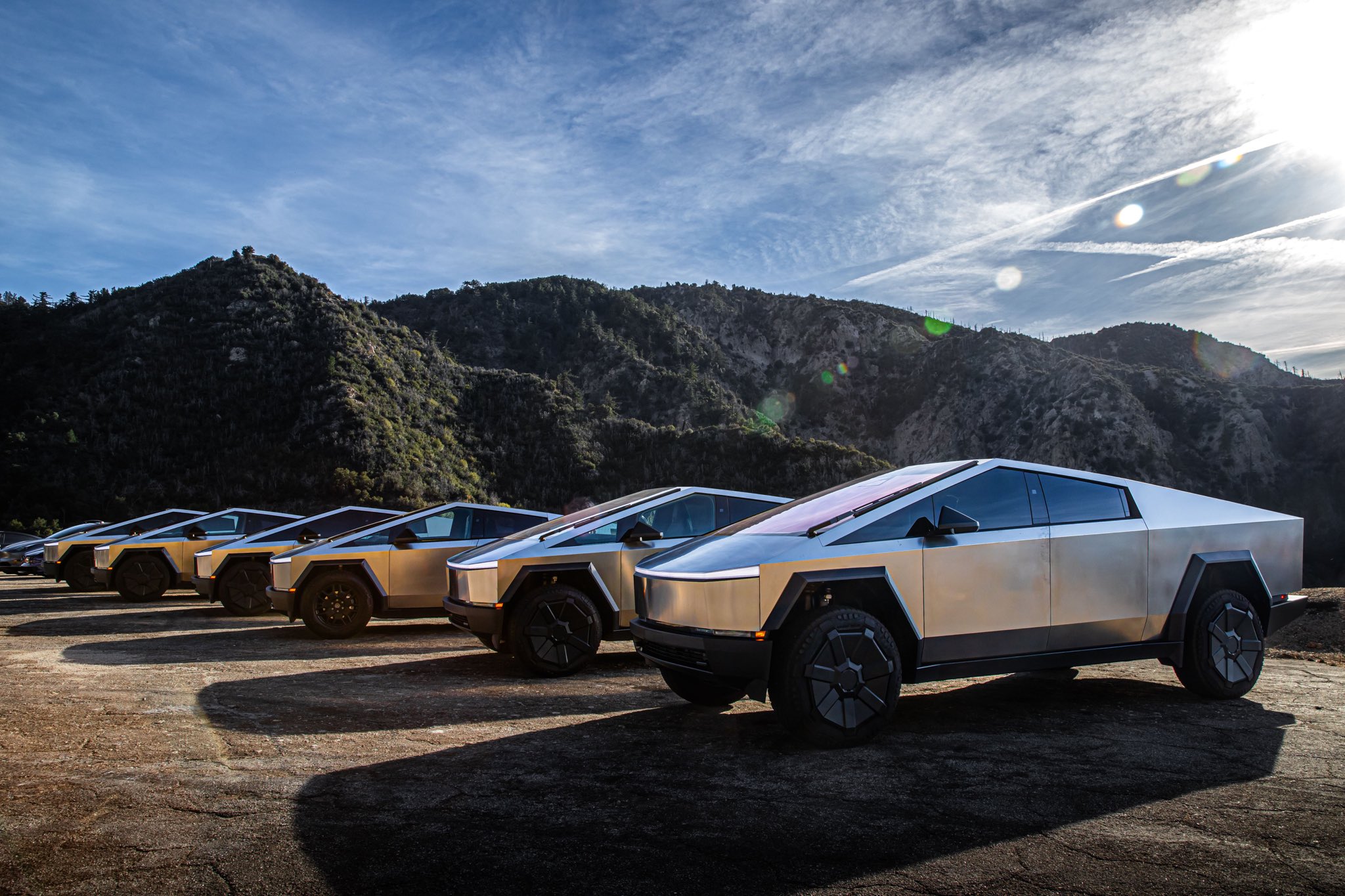
Tesla made a change to the Cybertruck, and nobody noticed. But to be fair, nobody could have, but it was revealed by the program’s lead engineer that it was aimed toward simplifying manufacturing through a minor change in casting.
After the Cybertruck was given a Top Safety Pick+ award by the Insurance Institute for Highway Safety (IIHS), for its reputation as the safest pickup on the market, some wondered what had changed about the vehicle.
Tesla makes changes to its vehicles routinely through Over-the-Air software updates, but aesthetic changes are relatively rare. Vehicles go through refreshes every few years, as the Model 3 and Model Y did earlier this year. However, the Cybertruck is one of the vehicles that has not changed much since its launch in late 2023, but it has gone through some minor changes.
Most recently, Wes Morrill, the Cybertruck program’s Lead Engineer, stated that the company had made a minor change to the casting of the all-electric pickup for manufacturing purposes. This change took place in April:
We made a minor change on the casting for manufacturability in April. Our Internal testing shows no difference in crash result but IIHS only officially tested the latest version
— Wes (@wmorrill3) December 17, 2025
The change is among the most subtle that can be made, but it makes a massive difference in manufacturing efficiency, build quality, and scalability.
Morrill revealed Tesla’s internal testing showed no difference in crash testing results performed by the IIHS.
The 2025 Cybertruck received stellar ratings in each of the required testing scenarios and categories. The Top Safety Pick+ award is only given if it excels in rigorous crash tests. This requires ‘Good’ ratings in updated small and moderate overlap front, side, roof, and head restraints.
Additionally, it must have advanced front crash prevention in both day and night. Most importantly, the vehicle must have a ‘Good’ or ‘Acceptable’ headlights standard on all trims, with the “+ ” specifically demanding the toughest new updated moderate overlap test that checks rear-seat passenger protection alongside driver safety.
News
Tesla enters interesting situation with Full Self-Driving in California
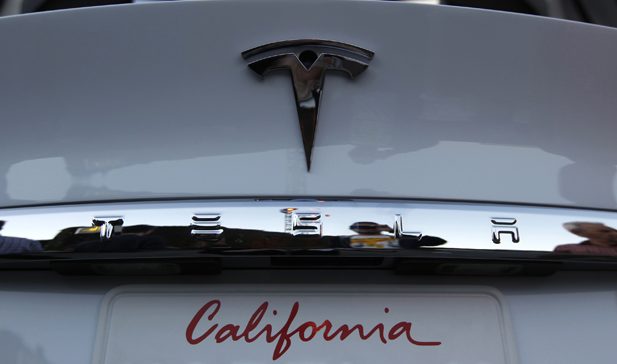
Tesla has entered an interesting situation with its Full Self-Driving suite in California, as the State’s Department of Motor Vehicles had adopted an order for a suspension of the company’s sales license, but it immediately put it on hold.
The company has been granted a reprieve as the DMV is giving Tesla an opportunity to “remedy the situation.” After the suspension was recommended for 30 days as a penalty, the DMV said it would give Tesla 90 days to allow the company to come into compliance.
The DMV is accusing Tesla of misleading consumers by using words like Autopilot and Full Self-Driving on its advanced driver assistance (ADAS) features.
The State’s DMV Director, Steve Gordon, said that he hoped “Tesla will find a way to get these misleading statements corrected.” However, Tesla responded to the story on Tuesday, stating that this was a “consumer protection” order for the company using the term Autopilot.
It said “not one single customer came forward to say there’s a problem.” It added that “sales in California will continue uninterrupted.”
This was a “consumer protection” order about the use of the term “Autopilot” in a case where not one single customer came forward to say there’s a problem.
Sales in California will continue uninterrupted.
— Tesla North America (@tesla_na) December 17, 2025
Tesla has used the terms Autopilot and Full Self-Driving for years, but has added the term “(Supervised)” to the end of the FSD suite, hoping to remedy some of the potential issues that regulators in various areas might have with the labeling of the program.
It might not be too long before Tesla stops catching flak for using the Full Self-Driving name to describe its platform.
Tesla Robotaxi goes driverless as Musk confirms Safety Monitor removal testing
The Robotaxi suite has continued to improve, and this week, vehicles were spotted in Austin without any occupants. CEO Elon Musk would later confirm that Tesla had started testing driverless rides in Austin, hoping to launch rides without any supervision by the end of the year.
Investor's Corner
Tesla stock closes at all-time high on heels of Robotaxi progress
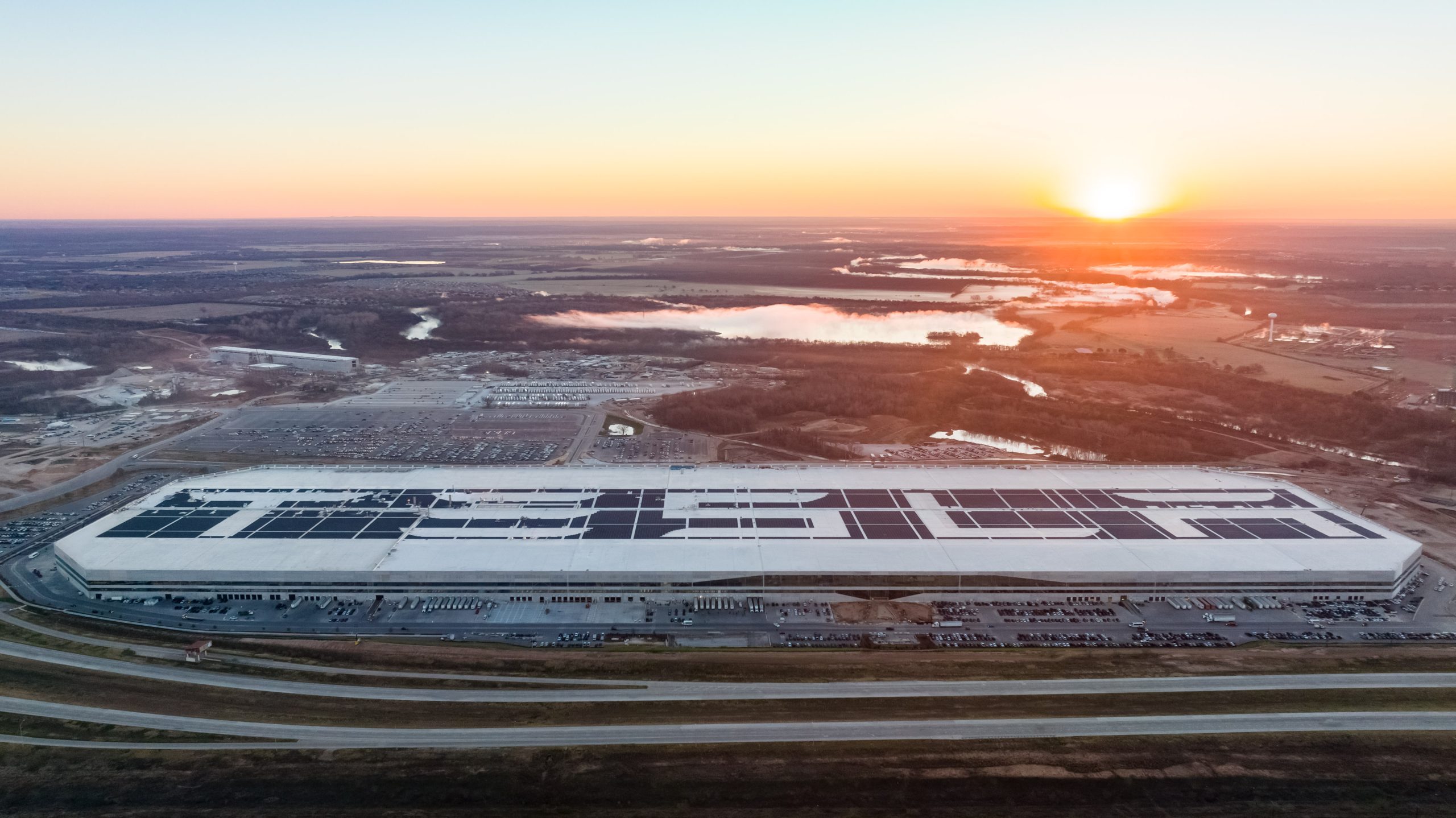
Tesla stock (NASDAQ: TSLA) closed at an all-time high on Tuesday, jumping over 3 percent during the day and finishing at $489.88.
The price beats the previous record close, which was $479.86.
Shares have had a crazy year, dipping more than 40 percent from the start of the year. The stock then started to recover once again around late April, when its price started to climb back up from the low $200 level.
This week, Tesla started to climb toward its highest levels ever, as it was revealed on Sunday that the company was testing driverless Robotaxis in Austin. The spike in value pushed the company’s valuation to $1.63 trillion.
Tesla Robotaxi goes driverless as Musk confirms Safety Monitor removal testing
It is the seventh-most valuable company on the market currently, trailing Nvidia, Apple, Alphabet (Google), Microsoft, Amazon, and Meta.
Shares closed up $14.57 today, up over 3 percent.
The stock has gone through a lot this year, as previously mentioned. Shares tumbled in Q1 due to CEO Elon Musk’s involvement with the Department of Government Efficiency (DOGE), which pulled his attention away from his companies and left a major overhang on their valuations.
However, things started to rebound halfway through the year, and as the government started to phase out the $7,500 tax credit, demand spiked as consumers tried to take advantage of it.
Q3 deliveries were the highest in company history, and Tesla responded to the loss of the tax credit with the launch of the Model 3 and Model Y Standard.
Additionally, analysts have announced high expectations this week for the company on Wall Street as Robotaxi continues to be the focus. With autonomy within Tesla’s sights, things are moving in the direction of Robotaxi being a major catalyst for growth on the Street in the coming year.








